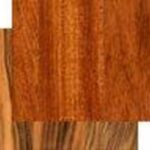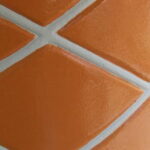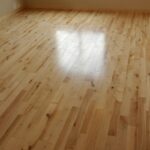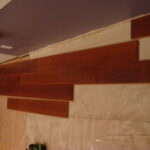So you finished all your winter home improvement projects, fixed that noisy water heater, and now you are ready to implement some Basement Decorating Ideas and renovate that dusty basement into a more usable space. Well the first step in the process is installing a new subfloor. A subfloor plays two important roles in your new basement. It strengthens the floor system and it serves as a base for whatever type of flooring you choose to install. This tutorial will take you step by step through the installation process and assumes that you are starting with a bare concrete floor. Remember that before starting any home improvement project; always check local building code requirements.
The typical tools requires for installing your floor are:
- A Hammer and tapping block
- A Circular saw, jigsaw, and / or reciprocating saw
- A Tape measure and pencil
- A Carpenters Level
In addition to these tools, you will need to ensure your concrete floor is clean and free of imperfections greater than ¼. If imperfections exist, fill them in with compound before proceeding.
The first thing to do when installing your subfloor is to confirm your basement doesn’t leak. If you have water problems, these must be repaired prior to installing a floor. If water is not an issue, install 6-mil polyethylene plastic to the floor of the basement. All seams should overlap 6″ and be sealed with duct tape. In addition, the plastic should extend up the basement walls 4 to 6 inches. Applying an adhesive to the plastic will help stick it to the walls.
We will assume that your new subfloor will consist of oriented strand board (OSB) or C-D grade interior use 3/4-inch plywood since they are the most commonly used product for subfloors. This material is typically installed on pressure treated 2x4s laid on their flat side. Install these around the perimeter of the basement. You may need to use a power actuated nail gun to secure them to the concrete floor. Install shims when necessary to ensure the tops of all the boards are level. Next, install rows of 2x4s, again on their flat side, in-between the perimeter of 2x4s. They should stretch from one side of the room to the other. These are called “sleepers” and are typically spaced 16″ apart from each other. It is important to note that the ends of all the plywood must be centered on a sleeper so take that into account when spacing the sleepers out. For a warmer floor, install insulation between the sleepers before proceeding to the next step.
Now we will begin laying down the plywood for your new floor. Always lay plywood with the best face up. In addition, the grain of each panel should be perpendicular to the joists. This allows for increased strength. Align the first piece of plywood against the corner of two walls. It is important to ensure the plywood is “square” as all additional sheets will be centered off this one. Nail the sheet down using 8d nails in two corners and then check the position of the sheet before securing it down completely. Next place nails every 6 inches along all the edges of the sheets and at 10-inch intervals along all joists. If you would like a stiffer floor that’s less likely to squeak, run a bead of construction adhesive along the top of each joist before nailing down the plywood. Add additional sheets in one direction until you run out of room to fit a sheet. Measure the remaining space and cut a sheet appropriately and install. To allow for expansion, some manufacturers recommend that you allow a gap of 1/8 inch between sheets. If this is the case, use 8d nails as spacers between the sheets as you position them.
For the next row of sheets, start installing on the side of the previous row where the last shorter sheet was installed. This ensures that the seems of the plywood are staggered. You may need to cut some sheets to ensure the seems are staggered. Continue this process until the whole floor is covered. The last row is usually the most difficult as sheets may need to be cut lengthwise in order to fit.
Well that’s all for installing a subfloor. Your basement floor is now complete and ready for wood or carpet flooring. Enjoy Just remember to plan out your work before you start and enjoy yourself.








